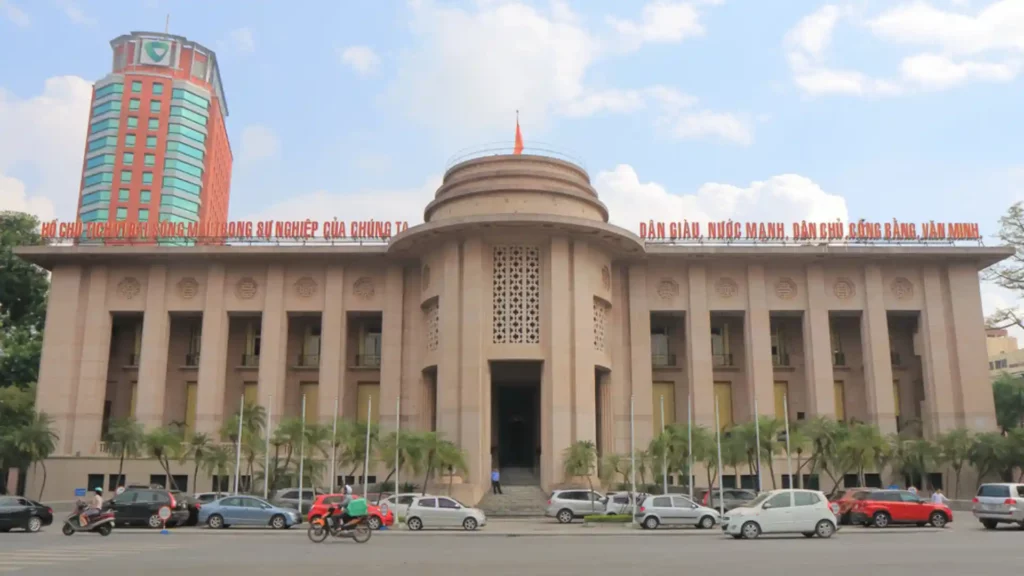In the middle of all this chaos, SCB found itself gushing deposits, alarming 80% depletion recorded by December 2023
Vietnam had undertaken the “unprecedented” rescue of Saigon Joint Stock Commercial Bank (SCB), a lender at the center of Vietnam’s largest financial scandal. Vietnam’s efforts were disclosed through confidential bank documents, according to Reuters reports.
The sources comment that without the lending, SCB will collapse and if the lending continues there are high chances of the state treasury drying up. So SCB collapse poses a dangerous threat to Vietnam’s financial system. The effort taken was mentioned as “unprecedented” because of the large volume of cash injections made, the scale of potential damage to the nation’s treasury, and the complexity of the operation. As of last year, Vietnam’s public debt was stable at 37% of GDP. The budget deficit, on the other hand, had increased slightly to 4.4 of GDP. According to the central bank, the foreign reserves were at $100 billion at the end of the year.
The financial troubles started back in October 2022 with the arrest of real estate tycoon Truong My Lan. Since the arrest, SCB has been using cash injections to cover the cash withdrawals, which SCB sent to the central bank in November to account for the use of its loans. Lan was later sentenced to death to death on Thursday for her intended fraud and bribery schemes which tapped a whopping $12.5 billion from SCB to shell companies under her control.
In the middle of all this chaos, SCB found itself gushing deposits, alarming 80% depletion recorded by December 2023. This sudden decline along with an increase in non-performing loans, gave a poor picture of SCB’s shaky financial health. All this prompted Vietnam’s central bank to intervene to avoid another banking crisis.
The rescue operations are being done on a large scale infusing $24 billion. This amount represents a fraction of Vietnam’s annual economic output and a quarter of its foreign exchange reserves. Even so, given SCB’s continued liquidity problems and its attempts to fulfill its financial obligations in the face of increasing pressure, this attempt might not be enough to stop the bleeding.
The complex network of real estate holdings involved in Lan’s fraudulent schemes further complicates issues. These assets, which the Lan family values at $30 billion, offer prospective investors a risky proposition. Nevertheless, any reorganization attempts are made more difficult by the properties’ unclear legal status, many of which are currently stuck in bureaucratic limbo or in breach of regulatory standards.
The government’s cries for aid from the private sector, especially from foreign investors, highlight how urgent the situation is and how cooperation is required to get through the dangerous waters ahead. However, legislative limitations (like the 30% foreign ownership cap on Vietnamese banks) create formidable obstacles to drawing in the necessary capital to improve SCB’s chances.
The threat of a future banking catastrophe looms large against this unpredictable background, clouding Vietnam’s economic prospects. The aftermath of the SCB fiasco affects many other industries, making the difficulties presented by a prolonged downturn in the real estate market more severe and raising questions about the effectiveness of anti-corruption initiatives.
According to Reuters reports, last year the central bank assigned Sungroup, a private real estate company, to mold a plan to restructure SCB. Restructuring plans would center around the evaluation of real estate assets used by Truong My Lan and her companies as collateral for loans. Some of the assets include properties in high-end districts in Ho Chi Minh City but most are unfinished projects. Reports suggest that the Lan family estimated the assets at $30 billion.
